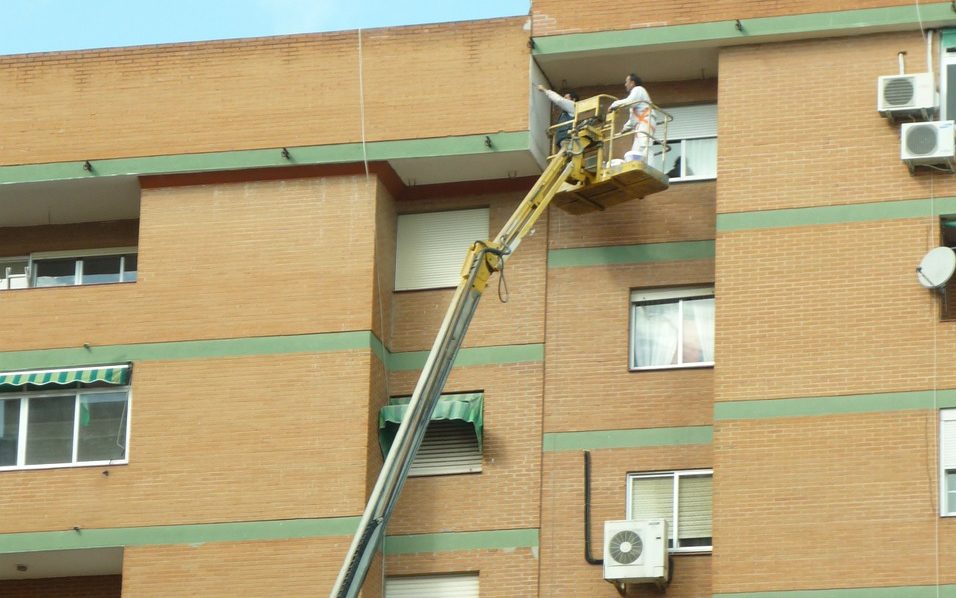
5 Considerations for Collision Avoidance During Lift Operation
With most pieces of mobile equipment, operators need to be concerned with only two dimensions. However, a lift is designed to function in three dimensions, including the vertical plane. The presence of this “extra” dimension demands that operators be especially cognizant of their surroundings. Otherwise, a tragic accident could be the end result. That’s why collision avoidance is a particularly pressing concern for lift operators. Below are five safety guidelines that will help you with collision avoidance while operating your lift.
Conduct a Workplace Assessment
Collision avoidance begins before you even step foot onto the lift. Before beginning any type of lift work, take a few minutes to perform a careful study of your surroundings.
For example, take a look at the terrain you will be traversing, making note of obstacles that might be easily overlooked; these could include depressions in the floor or elevated areas. In addition, utility poles or parking barriers can be difficult to see when operating equipment. Make note of them when conducting the assessment.
In addition to inanimate obstacles, be sure to observe the potential for striking humans who may be working in or passing through the worksite. Always be prepared for the unexpected presence of persons who may enter the area without warning.
Develop Spatial Awareness
Another must when it comes to collision avoidance is developing the proper spatial awareness when operating a lift. That is why knowing the capabilities of boom travel, including the swing radius and lift height, is important. Without this understanding, you are more likely to strike an object or person that you previously believed to be outside of your workspace.
In addition to understanding your own machine’s capabilities, always observe all required clearances when using a lift. Never encroach upon the specified safety buffer required for safe operation; for example, if you are working in close proximity to power lines, be sure to know the safe working space required for the lines’ particular voltages.
Utilize All Safety Systems
Collisions can often be avoided through the use of safety devices such as backup alarms. While you shouldn’t depend solely upon them for protection, the safety systems installed on a lift are designed to help protect you and others from being hurt.
That is why these devices should never be circumvented or disabled. In addition, perform regular inspections to ensure these safety devices are working properly, and promptly repair any that are not.
Restrict Access to Area When Possible
An important consideration for avoiding collisions is to keep people clear of lifts during operation. Worksites can be full of activity, including both routine and unexpected movements. Activity increases the likelihood of collisions between lifts and individuals or other equipment. That is why operators should seek to restrict access to the area whenever possible.
Restriction can be accomplished through the use of barriers and warning signs. If this isn’t feasible due to the demands of the job site, consider stationing a helper who can provide warnings to others who may approach the area.
Travel at Safe Speeds for Collision Avoidance
A key factor in avoiding a collision involving a lift is to move the equipment at safe travel speeds. Hurried movement of a lift can shorten the available time to react and avoid an accident. Just as a car’s stopping distance increases with speed, a lift will also take longer to stop if it is traveling an unsafe rate of speed.
In addition, when moving a lift, always observe any posted speed limits within a worksite. Be sure to take into account extenuating circumstances such as wet surfaces, poor visibility or the presence of ice.
If you have questions about lift rentals or the safe use of lifts, be sure to contact Vandalia Rental for assistance. We are here to assist you with all of your lift-related needs.
